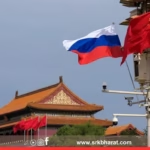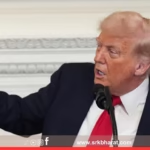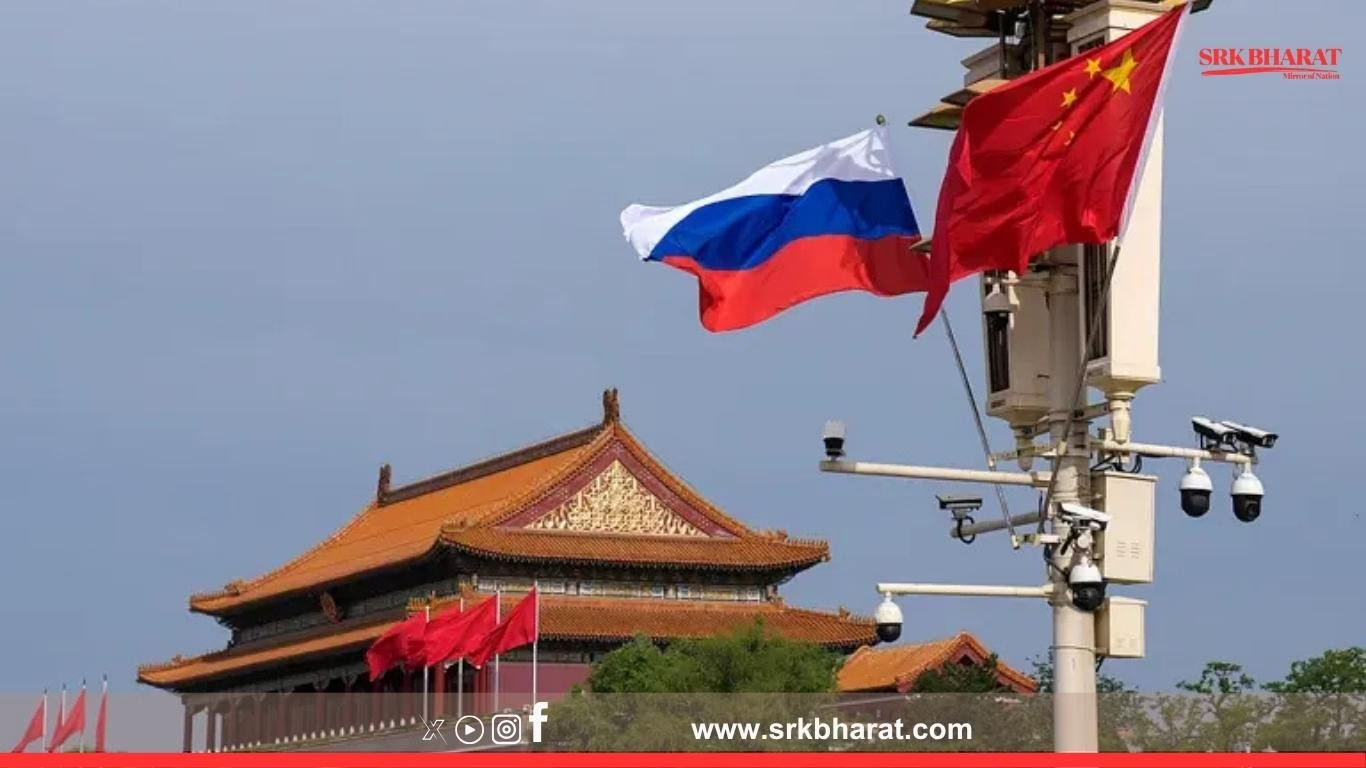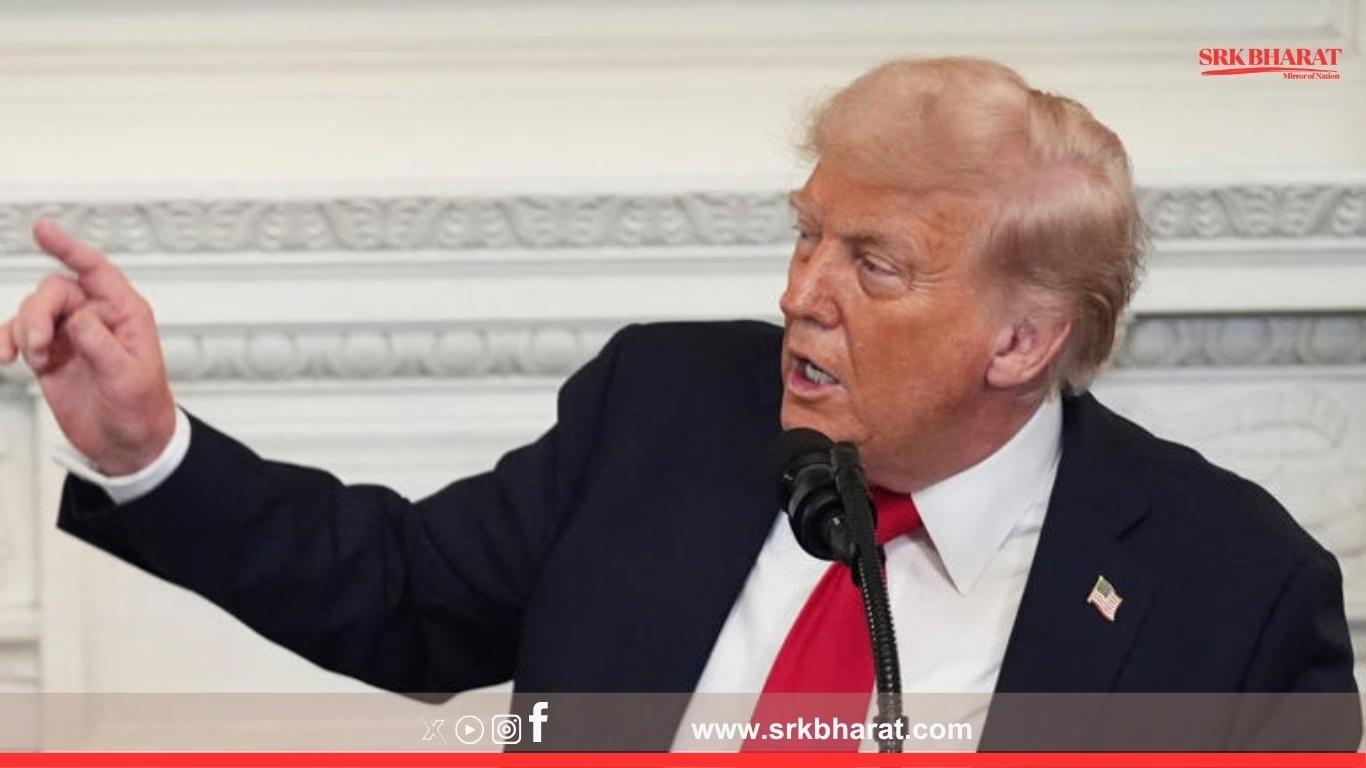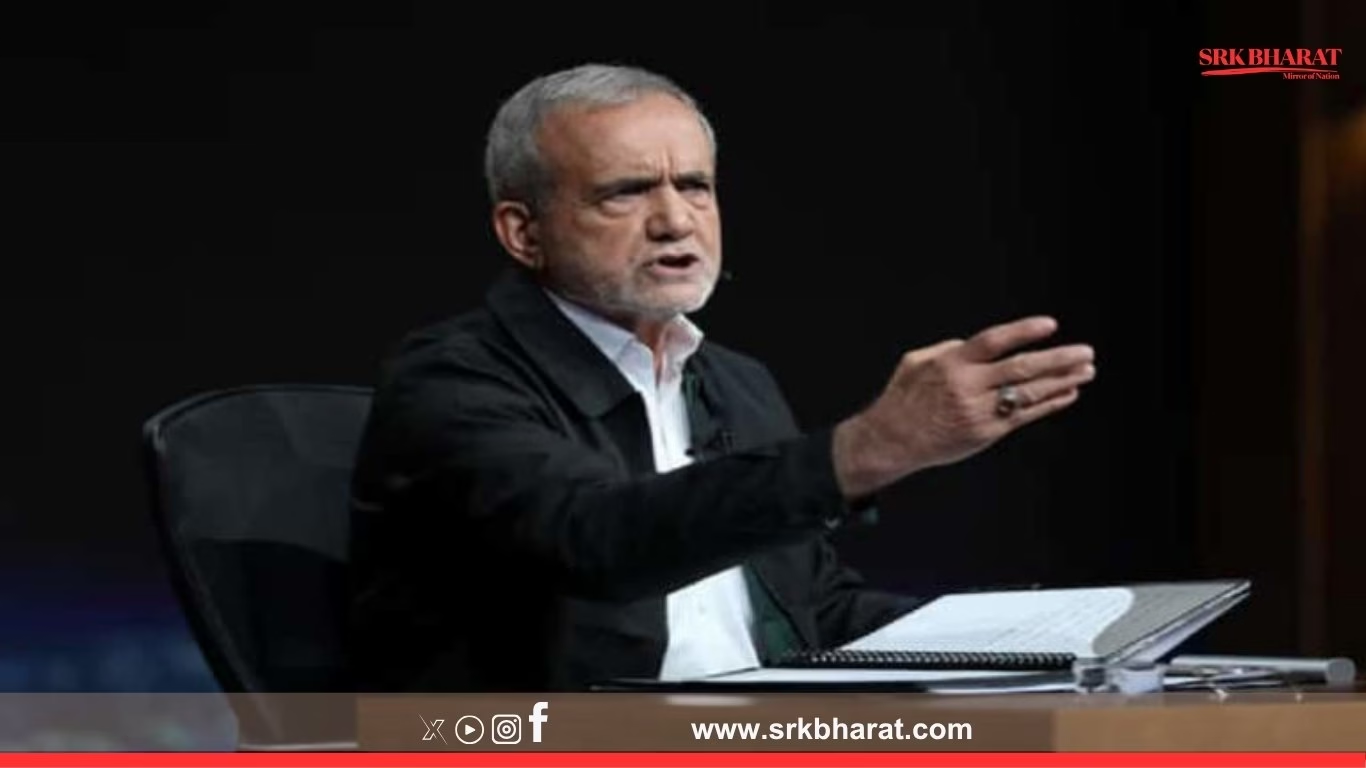India and the United States are currently deliberating on several high-value pending defence sales and technology transfer proposals that could redefine bilateral strategic relations, as top officials from both sides meet this week in Washington DC for the India-US Defence Policy Group (DPG) and Defence Technology and Trade Initiative (DTTI) dialogues.
Senior defence and diplomatic sources confirmed that while recent landmark deals like the GE-F414 jet engine co-production agreement for India’s Tejas Mk2 fighter programme were cleared during Prime Minister Narendra Modi’s US visit last year, multiple pending defence sales worth over $16 billion remain under discussion, reflecting complexities of technical negotiations, licensing clearances, and integration planning.
Major Pending Defence Sales Under Discussion
| Platform/System | Estimated Value (USD) | Status | Key Details |
|---|---|---|---|
| MQ-9B Sea Guardian armed drones (31 units) | ~$3 billion | Under final price negotiations | For Indian Navy, Army, and Air Force ISR and strike roles |
| NASAMS II air defence system | ~$1.86 billion | Stalled since 2020 | For integrated air defence over Delhi NCR and strategic assets |
| Additional P-8I Poseidon maritime patrol aircraft (6 units) | ~$2.4 billion | Awaiting Cabinet Committee approval | Enhances Navy’s anti-submarine warfare and surveillance |
| MH-60R Seahawk multi-role helicopters (Additional 12 units) | ~$1.8 billion | Proposal stage | Supplements 24 MH-60Rs contracted in 2020 |
| Armed Switchblade loitering munitions | ~$400 million | Under technical evaluation | Tactical drone-based strike for Army and Special Forces |
| M777 Ultra Light Howitzers (Extended order) | ~$700 million | Under review | For mountainous artillery mobility in eastern sectors |
| F/A-18 Super Hornet for Indian Navy carrier operations | ~$6.2 billion | Competing with Rafale M | Deal dependent on Navy final selection for INS Vikrant air wing |
(Compiled from US DSCA notifications, Ministry of Defence acquisition status, and industry estimates)
Focus on MQ-9B Armed Drone Deal
The General Atomics MQ-9B Sea Guardian purchase is seen as the flagship pending acquisition, with India seeking:
- 15 drones for the Navy for extended-range maritime surveillance and anti-submarine warfare.
- 8 for the Army and Air Force each for border surveillance, targeting, and precision strike roles.
Officials confirmed negotiations are now at an advanced stage over lifecycle costs, weapons integration packages, and establishing a dedicated Maintenance, Repair, Overhaul, and Upgrade (MROU) hub in India as part of the deal under Atmanirbhar Bharat policy.
Defence Technology and Trade Initiative (DTTI) Progress
The DTTI dialogue co-chaired by Defence Secretary Giridhar Aramane and US Under Secretary of Defence for Acquisition and Sustainment William LaPlante has prioritised:
- Jet Engine Co-production: GE-F414 production roadmap for HAL Tejas Mk2, ensuring first engines roll out by 2027 with 80% indigenous manufacturing components by phase III.
- Infantry Mobility Vehicles: Joint development for high-altitude operations with Indian private defence firms.
- Intelligence, Surveillance, Reconnaissance (ISR) collaboration: Secure communication and AI-based sensor fusion systems integration.
- Future Vertical Lift (FVL) Platforms: Early-stage talks on co-development aligned with US next-generation rotorcraft programmes.
Statements From Officials
US Ambassador to India Eric Garcetti stated during a recent visit to Delhi:
“Defence trade remains a cornerstone of our strategic partnership. We are committed to ensuring that high-end platforms and co-production models enhance India’s security and technological capabilities.”
An Indian MoD official added:
“Pending deals are progressing, but technology transfer clauses, cost negotiations, and local assembly conditions require detailed planning. The objective is strengthening operational readiness while ensuring industrial benefits for Indian defence manufacturing.”
Strategic Importance of Pending Sales
These pending acquisitions align with India’s twin goals of:
- Capability Modernisation: Addressing immediate security requirements, particularly in the Indian Ocean Region and Northern borders.
- Industrial Growth: Integrating manufacturing and assembly in India to develop supply chains, skilled workforce, and future export potential under Defence Production & Export Promotion Policy (DPEPP).
Key Challenges in Deal Finalisation
- Cost Negotiations: Lifecycle cost and offset obligations remain contentious, especially for high-value platforms like MQ-9B and F/A-18.
- Technology Transfer Assurance: India’s push for full Transfer of Technology (ToT) in certain domains meets regulatory restrictions under US ITAR frameworks.
- Budgetary Allocations: Large upfront payments can impact defence capital budgets for other indigenous projects.
- Integration Timelines: Ensuring platform integration with existing Indian C4I systems and inter-service doctrines.
Recent US-India Defence Deals Executed
| Year | Deal | Value |
|---|---|---|
| 2020 | 24 MH-60R Seahawk helicopters | ~$2.6 billion |
| 2020 | Six Apache AH-64E attack helicopters (Army) | ~$800 million |
| 2023 | GE F414 Jet Engine co-production agreement | Estimated ~$1 billion |
| 2024 | IADWS Integrated Air Defence Weapons System (Limited order) | ~$1 billion |
Expert Views
Defence analyst Air Marshal (Retd) Anil Chopra noted:
“Pending US defence sales are crucial for India’s doctrinal shift towards unmanned, long-range ISR, and maritime strike capabilities. However, technology transfer clauses must be prioritised to ensure self-reliance goals are not compromised.”
Impact on Indo-Pacific Strategic Balance
Strategic experts say these procurements, if finalised within FY26, will:
- Significantly boost India’s deterrence posture against both China and Pakistan.
- Deepen interoperability with US and QUAD forces for Indo-Pacific maritime security operations.
- Enhance domain awareness over vast Exclusive Economic Zones (EEZs) and oceanic shipping lanes critical for Indian trade and energy security.
Future Prospects
Both nations are also exploring joint development of Hypersonic platforms, Counter Drone Systems, and Quantum Communication networks under the Initiative on Critical and Emerging Technologies (iCET), institutionalising long-term strategic technological partnerships.
Conclusion
The focus on pending defence sales during the current India-US talks underscores the maturing strategic and industrial partnership between the world’s largest democracies. As negotiations continue to align pricing, technology transfer, and operational integration, these mega-deals hold potential to transform India’s military capabilities while simultaneously advancing its indigenous defence manufacturing ambitions.
Disclaimer: This report is based on official statements, Defence Security Cooperation Agency (DSCA) notifications, MoD acquisition status reports, and industry inputs. Readers are advised to follow Ministry of Defence press releases for final approvals and contract signings.



